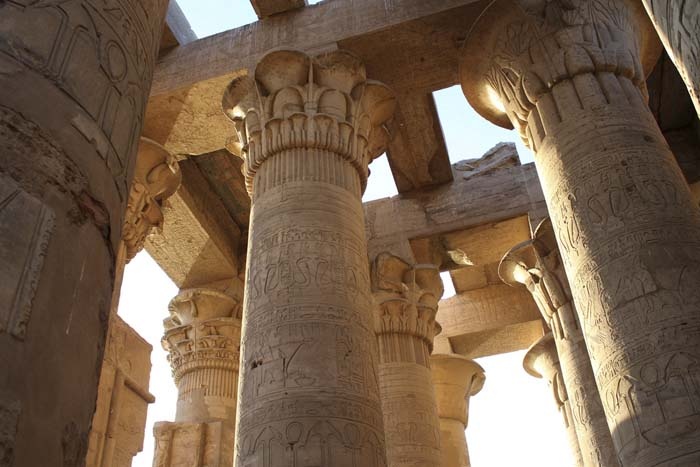The Colossi of Memnon in Luxor
Colossi of Memnon are two massive stone statues of king Amenhotep III are the only remains of a complete mortuary temple. The statues are made from blocks of quartzite sandstone which exist in Cairo then moved 700 KM to Luxor
The Colossi of Memnon in Luxor
COLOSSI OF MEMNON
The two faceless Colossi of Memnon, originally representing Pharaoh Amenhotep III, rising majestically about 18m from the plain, are the first monuments tourists see when they visit the west bank. These magnificent colossi, each cut from a single block of stone and weighing 1000 tonnes, sat at the eastern entrance to the funerary temple of Amenophis III, the largest on the west bank. Egyptologists are currently excavating the temple and their discoveries can be seen behind the colossi. These two gigantic, 59-foots tall statues are the first sight that greets visitors who take the ferry across from the East Bank. They were made famous in antiquity by a mysterious sound emitted from one of them each sunrise. Scientists now think that this sound was caused by air passing through pores in the stone as it was warmed in the sunlight, but there is no way to confirm this since the sound stopped centuries ago.
These two gigantic, 59-foots tall statues are the first sight that greets visitors who take the ferry across from the East Bank. They were made famous in antiquity by a mysterious sound emitted from one of them each sunrise. Scientists now think that this sound was caused by air passing through pores in the stone as it was warmed in the sunlight, but there is no way to confirm this since the sound stopped centuries ago.Regardless of its cause, the sound was the source of the statues’ name as it caused the Greeks to believe that the statues were of the immortal Memnon. In reality, the statues are of Amenhotep III and his wife, Tiye, and they used to guard the entrance to a great temple complex that some believe might have rivalled Karnak



















